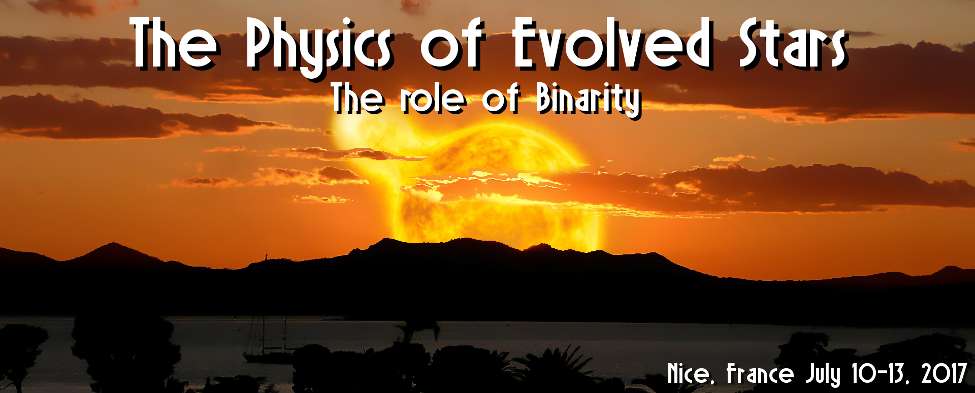Watching astrometrically the periastron passage of Achernar A & B
1 : Observatoire de la Côte d'Azur (OCA) - Laboratoire Lagrange - CNRS UMR 7293 - Université Côte d'Azur (UCA)
(OCA-UCA)
-
Website
Observatoire de la Cote d'Azur
Bâtiment Fizeau Faculté des Sciences Parc Valrose 06108 NICE CEDEX 2 -
France
2 : Universidad de Chile [Santiago]
-
Website
v. Libertador Bernardo O'Higgins 1058, Santiago -
Chile
3 : Laboratoire d'études spatiales et d'instrumentation en astrophysique
(LESIA)
-
Website
* : Corresponding author
Observatoire de Paris, CNRS : UMI3386
5, place Jules Janssen 92190 MEUDON -
France
The bright and closest Be star (Achernar) presents several characteristics (e.g. fast-rotation, binarity, and periodic mass ejections), which makes it a key star to understand the physical mechanism behind the Be phenomenon and fast-rotators in general. Using high angular resolution (HAR) observations at the VLT we have detected a lower mass companion and characterized as most probably a A1V-A3V star (Kervella \& Domiciano de Souza 2007; Kervella et al. 2008). The next important step after these first results is to study the binary orbit and its possible implications to the Be phenomenon. We thus present in this work a detailed investigation of the last two periatron passages, based on AMBER and SPHERE observations.

 PDF version
PDF version
